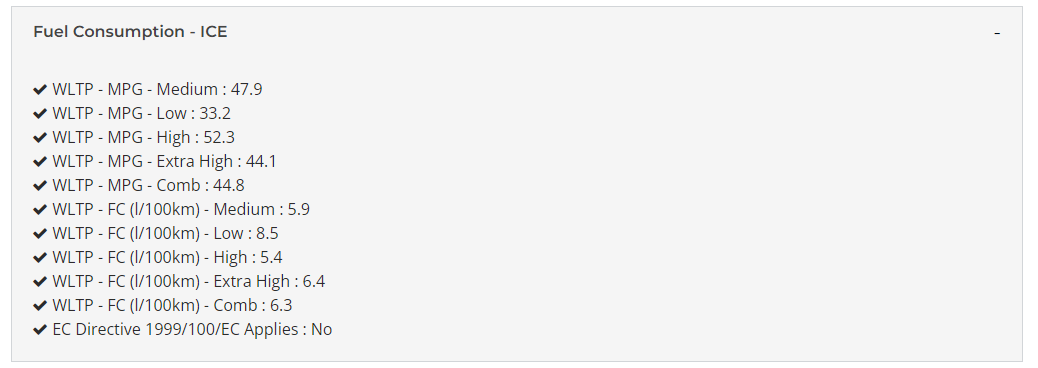Understanding WLTP: The New Standard for Vehicle Emissions and Fuel Economy
Discover WLTP (Worldwide Harmonised Light Vehicle Test Procedure), a standardised way of measuring fuel economy, emissions, and electric range in new vehicles. Explore the impact of WLTP on the automotive industry and how it enhances transparency in environmental performance.
May 29, 2023

Unveiling WLTP
The Worldwide Harmonised Light Vehicle Test Procedure (WLTP) is a modern testing procedure introduced in 2017 to replace the outdated New European Driving Cycle (NEDC). WLTP aims to provide more precise and realistic measurements of new car fuel economy, emissions, and electric driving range. By aligning the testing conditions with real-world driving scenarios, WLTP ensures that the reported figures better reflect how vehicles perform in everyday usage, enabling consumers to make informed decisions based on accurate information.
How the WLTP Laboratory Test Determines Fuel Consumption and Emissions for New Passenger Cars
The WLTP is a required laboratory test that all new cars must undergo. Its purpose is to determine the official fuel consumption and emissions data of the vehicles with the most realistic insights.
The test takes place on a device called a "rolling road," which simulates an average car journey. It includes different phases like accelerating, braking, and stationary periods. During the test, factors such as rolling resistance, air resistance, various engine and gearbox combinations, and optional equipment are considered.
To determine the consumption figures for the entire range of a specific model, testers typically evaluate both the lightest and heaviest variants and use a mathematical formula. By subjecting all vehicles to the same test cycle, it becomes easier for customers to compare vehicles of the same type and determine what is the best model for them.
Understanding WLTP Fuel Consumption Figures and How to Compare Vehicle Efficiency
WLTP measures fuel consumption figures in miles per gallon (MPG), which indicates how far you can travel in miles using one gallon of fuel. The tests are conducted at four different speed ranges: Extra high (up to 81mph), High (up to 60mph), Medium (up to 47mph), and Low (up to 35mph). These speeds are averaged to provide a 'WLTP Combined' figure.
The WLTP Combined figure is the easiest way to compare fuel economy between vehicles because it considers various driving scenarios, giving you a realistic estimate of the vehicle's fuel consumption during normal use.
If you have specific driving needs, it can be helpful to look at the consumption figures for individual ranges. For instance, if you primarily drive on highways at high speeds, the 'extra high' figure would be most relevant to you. On the other hand, if your driving mainly occurs in urban environments at lower speeds, the 'low' figure would be the most important for comparison.
Exploring WLTP Testing for Electric Cars
Electric cars undergo the same tests as traditional petrol and diesel cars to determine their electricity consumption rate and total driving range, referred to as the 'WLTP Combined Range' figure.
Additionally, a separate rating called the 'City' range is provided. This represents the expected mileage you can cover in urban driving conditions, where speeds are lower and energy demands are less.
The official WLTP range figures resulting from these tests are generally regarded as accurate. However, it's worth noting that some individuals suggest an average range that is approximately 10% lower than what the test results indicate.
Easily Access WLTP Fuel Economy and Emissions Figures for Your Ideal Car
With Sandicliffe’s convenient new and used car vehicle searches, you can effortlessly discover the WLTP fuel economy and emissions figures for any car you're interested in purchasing.
To access this information, just locate your desired car in the search results and click on the 'Technical Specification' tab. Here, you'll find comprehensive technical details about the car, including WLTP fuel economy and emissions data. Please note that these figures are exclusively available for cars that were introduced from 2018 onwards. an example of a technical specification for an Internal Combustion Engine vehicle.
an example of a technical specification for an Internal Combustion Engine vehicle.
If you would like more information about a vehicles WLTP figure or any other information, please contact us and one of our team will be happy to assist!



.png)